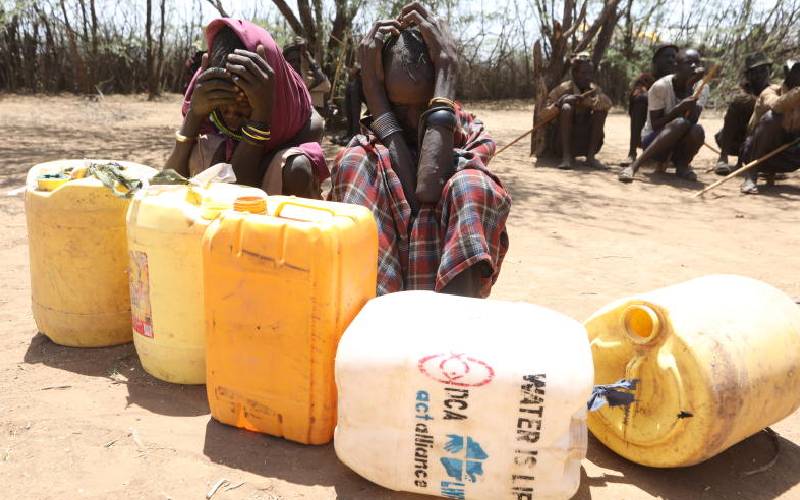×
The Standard e-Paper
Home To Bold Columnists

The number of people in need of urgent food assistance has increased to 4.1 million, up from 3.5 million in February.
The Integrated Food Security Phase Classification analysis further estimates that 942,000 children aged below five years are acutely malnourished in 12 arid and semi-arid counties.